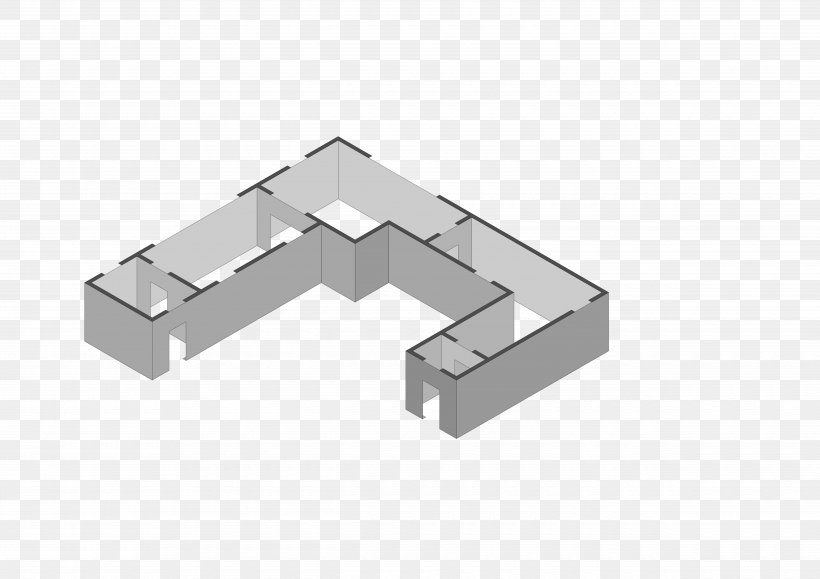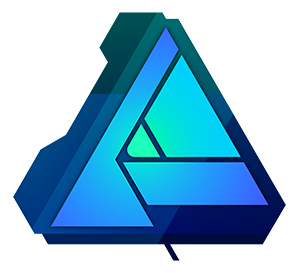- Isometric Illustration Affinity Designer
- Affinity Designer Grid Lines
- Isometric Grids
- Isometric Drawing Of Arch Affinity Designer
- Affinity Designer Isometric Grid
In Affinity Designer, you have some amazing tools that make it much easier to create an isometric illustration. To create an isometric illustration in Affinity, simply set up your isometric grid, then draw using the shape or pen tools with ‘edit in plane’ selected to draw directly on the isometric plane you want. The requirement is - you need to have a laptop or pc; you need to have affinity designer software. Isometric designs are the most popular designs, the reason of being so popular is that they look realistic and three dimensional. This course is structured to make you learn how to create isometric designs in affinity designer. Affinity Designer: in-house video tutorials. The visual style of the game is semi-cartoony, colourful and designed as an isometric-view game. In this article, seasoned graphic designer and artist, Enrique Figueroa, walks us through one of his tutorials – how to create an isometric character in Affinity Designer.

The new Affinity Designer 1.7 update gives us all a MASSIVE set of new features and improvements that are quite simply impossible to detail all in a single post. So, to keep our heads from exploding into tiny pixels, we are going to focus exclusively on the new isometric drawing tools and break them down as smoothly as possible. The result being, that by the end of this tutorial, you’ll be able to create your own organic isometric assets like a pro.
You can get all the assets I created for this tutorial using the download button below.
Tip: You can learn to how to install Assets in Affinity Designer in our guide to installing creative resources.1. Setting up the Isometric Grid
Affinity Designer’s 1.7 update, adds new options to the Grid and Axis Manager Panel. However, for this tutorial, we’re going to focus exclusively on the Isometric Grid settings. You can see a quick overview in this video:
2. Getting to know the NEW Isometric Panel
This is a huge one. This panel is going to basically save you tons of steps by projecting your shapes into isometric planes automatically.
Let’s see how it works:
3. Stepping up the game
So, you’re thinking making simple geometry like isometric buildings and cityscapes is now almost too easy using Affinity Designer? Well, let’s challenge ourselves then. How about crossing (just a little bit) the boundaries between 3D and 2D art?
One style of 3D art that I LOVE is so-called low-poly art. Before Affinity Designer 1.7, creating this type of art was totally feasible but was really time-consuming since you needed to perform more calculations using the Transform Panel.
Let’s make some happy trees.
Having the tools to manipulate shapes more efficiently allows us more creative licenseto draw our shapes.
Tip: Learn more about mixing vector and raster graphics in this tutorial.As you can see, just by following this simple technique shown in the image above, you can come up with many shapes to combine together and create a nice collection of reusable isometric assets for your projects.
 Tip: Avoid using RIGHT angles (90°) when drawing your planes, to make your objects look more organic and stylised.
Tip: Avoid using RIGHT angles (90°) when drawing your planes, to make your objects look more organic and stylised.4. Create anything you can imagine.
All of the assets for this tutorial have been made in the same way. The Isometric Panel is both, a time saver and a creativity booster since it helps you to focus more on your artwork creatively and less on the technical aspects.
Remember, you aren’t limited to just 4-sided faces, to add complexity to your shapes, you can draw multiple-side polygons (1). The more sides you add, the less rigid your assets will look when projected (2).
The process of creating the top and bottom planes (3) and then, connecting the dots to draw faces (4), remains the same.
5. Using textures.
To give some character and depth to your isometric objects, you can use the techniques shown in THIS TUTORIAL we made a while ago, explaining in detail how to add raster textures to vector shapes in Affinity Designer.
6. Time to play!
Once you’ve created some individual isometric assets, you can arrange them and make quick compositions to test what works best for your scene. These new features in Affinity Designer 1.7, will allow you to build more intricate illustrations in half the time.

Visit Frankentoon’s TOON LAB for more Affinity Designer tutorials covering a range of techniques from quick complex masking and painting with textures, to emulating retro graphics and comic book illustration.
This tutorial is aimed at desktop users of Affinity Designer 1.7, though its worth noting that Affinity Designer on iPad has also had isometric features added in our 1.7 update!
Learn to Create Isometric Vector Illustration from Start to Finish in Affinity DesignerIsometric Illustration Affinity Designer
You will able to create Isometric Illustration from Start to FinishYou will learn to create Isometric Grids for Sketching
Understand Isometric Grids and Panel Available in Affinity Designer
You will learn how to Color 3D Illustration
You will require Affinity Designer
Basic Knowledge of Affinity Designer
Learn to Create Isometric Illustration from Start to Finish
Affinity Designer Grid Lines
It is a great technique to present complex ideas. Most importantly it provides 3D output using a 2D medium. This class is designed for anyone who is interested to learn Isometric Illustration. After completing this class you can apply this techniques to create illustration for almost everything - Game Art, Icons, Editorial Illustrations, Website Landing Pages and so on.
In this class you'll learn :
Basic Knowledge of Isometric
Creating Isometric Grids

Sketching on Isometric Grids
Coloring 3D Illustration
I will be using Affinity Designer for illustration but the fundamentals will be the same, so you can use any software to follow along and create illustration.
Bner Illustrators
Isometric Grids
Bner Graphic DesignersDOWNLOAD
 uploadgig
uploadgighttps://uploadgig.com/file/download/2d013a7622eA6c12/2BUc4oCN__Affinity_D.rar
rapidgator
https://rapidgator.net/file/2eb37975e4e16b6ca0be6ed43dff5644/2BUc4oCN__Affinity_D.rar.html
nitroflare
Isometric Drawing Of Arch Affinity Designer
Affinity Designer Isometric Grid
http://nitroflare.com/view/EC95B1B062DA6E1/2BUc4oCN__Affinity_D.rar
